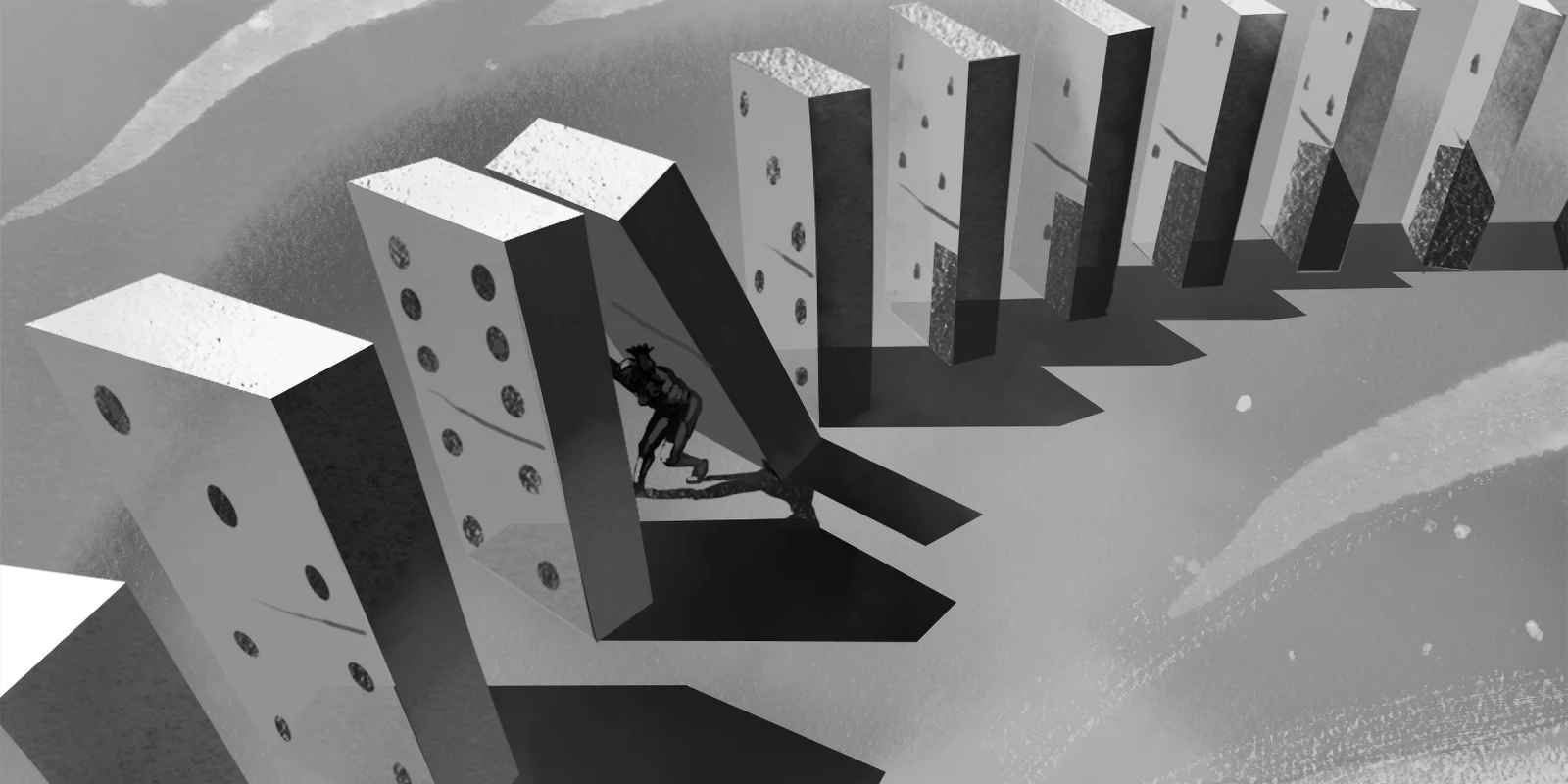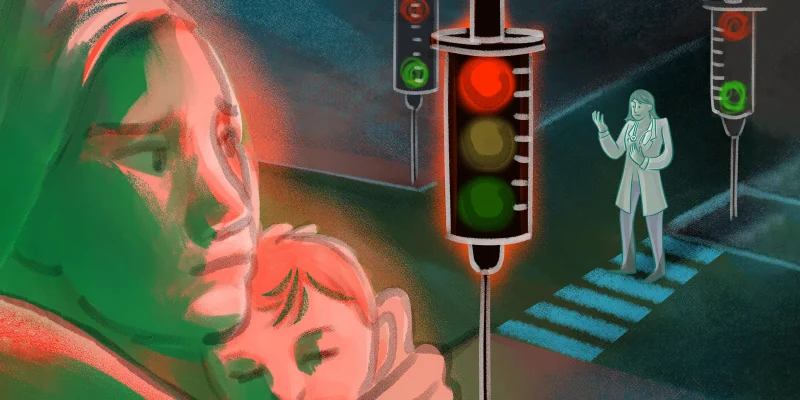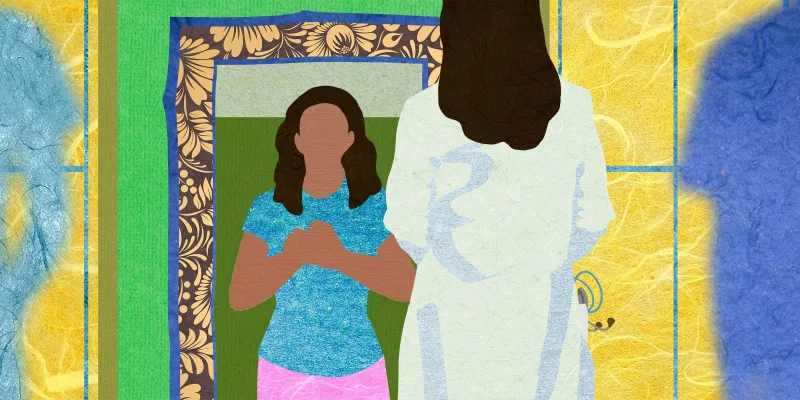Delivering quality patient care and ensuring patient safety are top priorities of virtually all medical institutions. In order to actualize these priorities, hospitals establish common organizational practices and assign leaders to meticulously oversee the quality of training and competency of their employees. This process gives birth to the hierarchical structure of medicine, which lays the foundation for how power is distributed within the health care system. While maintaining a hierarchical framework is essential to ensuring quality patient care, many have raised concerns that this traditional model also introduces threats to the health care system and jeopardizes the psychological safety of medical trainees.
These issues in medicine call to mind the work of French philosopher Michel Foucault, who wrote widely on the connection between knowledge and power. According to Foucault, power and knowledge are inseparably linked concepts that reside within medical structures, institutions, and discourse. Medicine, in particular, Foucault proposed, has capitalized on its hierarchical power structures and maintained influence over everyday people through the prestige and expertise that has characterized the profession. This form of influence is known as biopolitical power, whereby health care professionals are able to establish norms about the body and judge what constitutes a deviation from the norm.
By maintaining control over these norms via the related process of “medical authority,” the medical profession is able to estrange power from less educated individuals, historically marginalized groups, or medical trainees who are still mastering the craft. In order to gain access to this medical authority, trainees must adhere to the “hidden curriculum” within medicine. These phenomena have created harsh delineations between medical trainees at different levels (including among themselves) and their attendings, making it difficult for trainees to advocate for themselves and speak up due to fear of retaliation. In other words, the very hierarchy that is essential for delivering quality patient care and ensuring patient safety has actually gone astray — it has inadvertently contributed to the toxic learning environment in medicine, influenced burnout, and jeopardized patient care. A group of researchers investigating teaching methods in physician training also support this notion and report that the medical hierarchy has resulted in “worse patient care due to reduced communication, lack of confidence and anxiety in the junior doctors.” Below, I address two ways in which the medical hierarchy continues to uphold a toxic learning environment that threatens trainees.
1) Silencing of trainees through unequal power structures.
People often describe the first semester of medical school as “trying to drink out of a fire hydrant.” I quickly learned that the analogy was no understatement: In addition to mastering the basic sciences and clinical skills, navigating a new hospital system, and balancing extracurriculars, medical students also have to learn their place within the medical hierarchy.
As a medical trainee, what I found most troubling about this inculcation into the medical hierarchy was how the subjective nature of performance evaluations, coupled with the strict medical pecking order, left limited room to openly discuss policies or concerns. This hierarchy-instilled silence has allowed abuse of power to thrive. Within the surgical specialty, for example, the hierarchy has been linked to cases of residents experiencing sexual harassment, bullying, and discrimination. Furthermore, in a survey of medical students, “student abuse” was one of the biggest professional dilemmas encountered, and most students reported incidences of mistreatment from both faculty and residents.
However, students face little recourse when it comes to airing and rectifying concerns. The culture of medical education is such that, according to a 2015 paper, “Students live in great fear of offending the faculty who will assess their competencies and professionalism.” Faced with the pressure to impress residents and attendings at the expense of their own well-being, medical students, especially minority students, are caught in situations requiring them to choose between standing up for their beliefs or facing retaliation. This perpetual duel can in turn lead to feelings of powerless or moral injury — both of which are psychologically damaging.
2) Insufficient protections for trainees.
Medical trainees bold enough to speak up face the risk of retaliation or detrimental consequence to their medical careers. Even through anonymous hospital reporting systems, there is still concern that by the time the issue is addressed, substantial harm will have already been done, or the “whistleblower” will have already been identified by hospital staff. Unfortunately, there have been several cases in which medical students or residents attempting to speak out against injustices were subsequently penalized. As a culture, it is imperative that we improve protections for medical trainees lest the hierarchy become more toxic than helpful.
In addition, it is important that we advocate for a renewed sense of accountability within academic institutions. This includes acknowledging the presence of implicit bias, which can affect performance evaluations and lead to lower rankings for medical students and other trainees. As one example of this bias in action, there is a disproportionate dismissal rate of Black residents from training programs: One article explains, “While Black residents account for about 5% of all residents, they accounted for nearly 20% of those who were dismissed in 2015.” Regarding these stats, neurosurgeon Dr. Owoicho Adogwa has warned, “If the people leading these programs are not wanting you to succeed, you are not going to succeed.” Without clear protections in place, the medical hierarchy is free to exert its biases and impact the career trajectory of trainees without thoughtful scrutiny.
Dr. Adogwa’s words echo the story of Rosandra Daywalker, who was dismissed from her residency program in 2018 after enduring years of differential treatment, discrimination, and harassment. Particularly notable in her ghastly residency experience is that prior to her supportive female program director leaving, she received excellent performance reviews and accolades for her “talent in the OR.” The only thing that changed leading up to her dismissal is she no longer had a support network at the program looking out for her. Dr. Daywalker’s story highlights the detrimental impact of hierarchical power in medicine and calls attention to the need for increased advocacy for medical trainees who may be subjected to differential treatment due to bias.
Similarly, in 2022, orthopaedic surgery resident Dr. Melani Cargle, who claimed to have “witnessed a sexual assault on an unconscious, anesthetized male patient” committed by an orthopaedic surgeon, was unceremoniously terminated from her position. Dr. Cargle’s case made its way to social media, where numerous physicians advocated on her behalf, but there are likely other such cases that receive less attention. All told, these accounts underscore the significant lack of protections in place for medical trainees, particularly Black trainees, thus feeding into the already pervasive and infamous “toxic culture” of medicine.
As members of the medical community, it is imperative that we do not lose sight of the original reason for establishing a medical hierarchy: quality patient care and patient safety. We should feel comfortable examining the hierarchy through a reflective lens that does not single out individuals but instead looks for solutions. While the issues with the medical hierarchy cannot be fixed with just a flick of a magic wand, we can start creating safe spaces for trainees to discuss their concerns.
Moreover, I believe addressing the toxic culture of medicine requires deconstructing the “hidden curriculum” and creating a new status quo in which those at the top of the hierarchy (i.e., chief residents, attendings, administrators) are not portrayed as infallible immortal beings, but rather as colleagues and teachers. In order to ensure the success of this new status quo, new checks and balances must be created to prevent unfair treatment and retaliation against trainees.
Importantly, if this new status quo is ever to be achieved, the medical community as a whole must decide if it is possible to even have a non-problematic hierarchy. Have we reached a point of intolerable toxicity within the hierarchy? Is it finally time for change? Are the claims against our current medical hierarchy overblown? As I continue to grapple with these difficult questions, I take comfort in the fact that there are others in my position wondering the same things. I hope this article can serve as a starting point for tackling these all-too-relevant issues.
Do you believe it’s possible to have a non-toxic medical hierarchy? Share your thoughts in the comments.
Abiba Salahou is a fourth-year medical student at Oakland University William Beaumont School of Medicine and member of the national Gold Humanism Honor Society. Abiba plans to serve diverse communities as a child and adolescent psychiatrist, and is passionate about restorative social justice, de-stigmatizing mental illness, creative writing, and food blogging. She tweets at @AbibaSalahouMed. Abiba is a 2022–2023 Doximity Op-Med Fellow.
Illustration by Jennifer Bogartz







